Mid-frequency steel billet has become an important choice to meet construction and development needs. With advanced production processes and its special properties, mid-frequency steel billet has established its position in providing high-quality metal materials for various industries. Let’s explore more about mid-frequency steel billet through the following article.
A mid-frequency furnace is a type of furnace used in steel production and processing. It is designed to melt and cast steel from steel billets or other raw materials. The mid-frequency furnace can generate high temperatures and a suitable liquid flow environment for melting and casting steel.
The mid-frequency furnace is commonly used in metal processing industries such as automotive, machinery manufacturing, and construction. It plays a crucial role in the steel production process and enables the creation of diverse steel products in terms of size, shape, and physical properties.
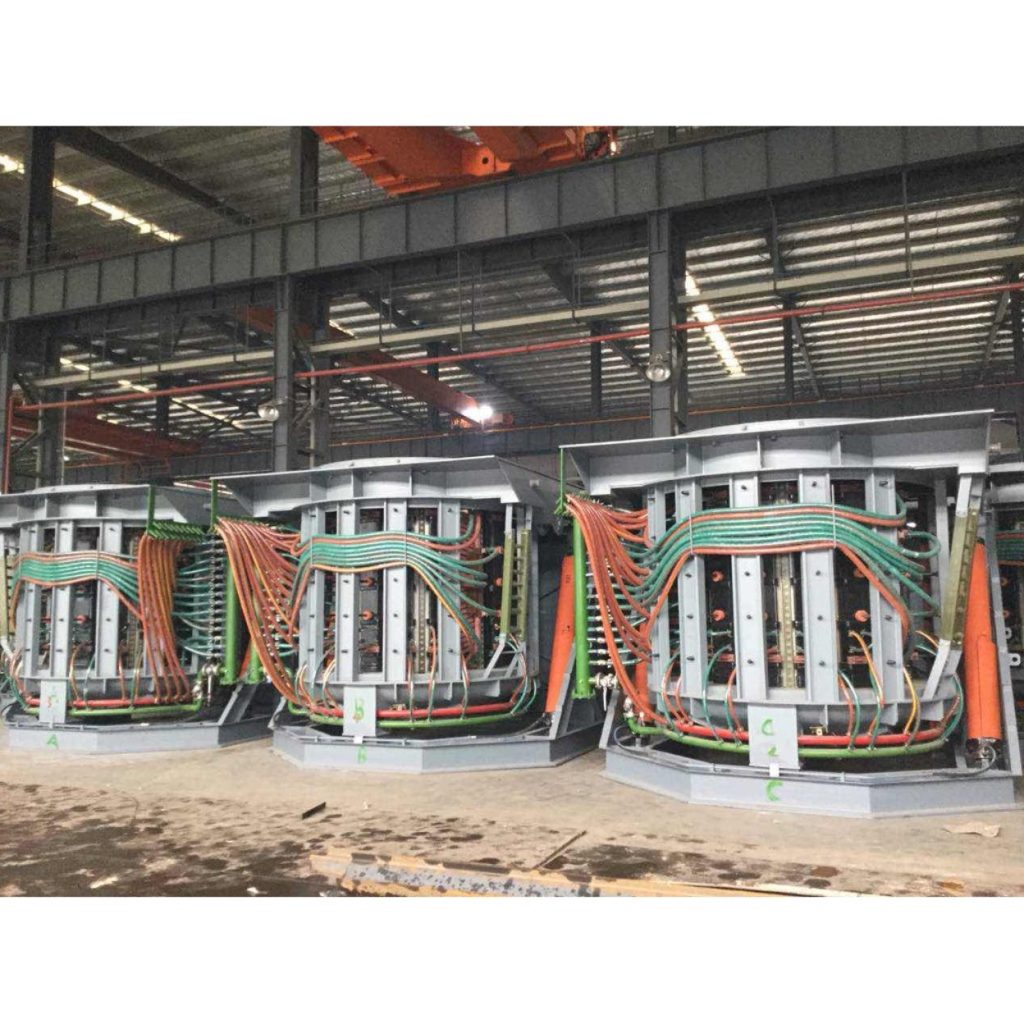
Using the mid-frequency steel refining process in steel production helps increase productivity, improve product quality, and save time and energy compared to other traditional methods. It also allows adjusting the melting and casting process to meet specific requirements for each steel application and product.
Mid-frequency steel billets are plates, blocks, or bar-shaped forms used in the steel production process. They are created through the melting and casting process in a mid-frequency furnace. Mid-frequency steel billets play a vital role in the industrial sector, fulfilling the demand for steel in construction, machinery manufacturing, and other industries.
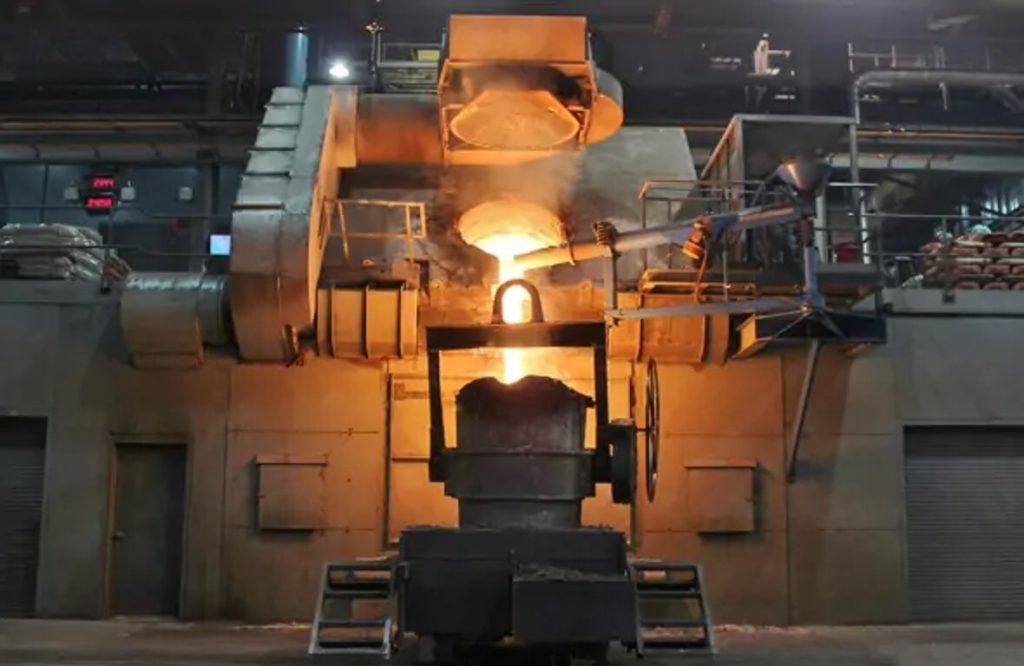
Thanks to their flexibility and diversity in size, shape, and physical properties, mid-frequency steel billets enable the production of high-quality steel products that meet technical requirements and market demands. Using mid-frequency steel billets increases production efficiency, improves quality, and brings economic benefits to businesses in the steel industry.
The production process of mid-frequency steel billet includes crucial steps, from the use of raw materials to the billet manufacturing process.
Steel raw materials are purified, removing impurities such as scale, slag, and other contaminants. Subsequently, the raw materials are cut into smaller billets for convenient melting and casting.
The raw materials are placed into the mid-frequency furnace, where induction coils generate induction currents to produce high temperatures. This heating process melts and liquefies the components of the steel raw materials.
After the melting process, the liquid steel is cast into molds according to the required design. The casting process ensures accurate shaping and dimensions of the steel billet.
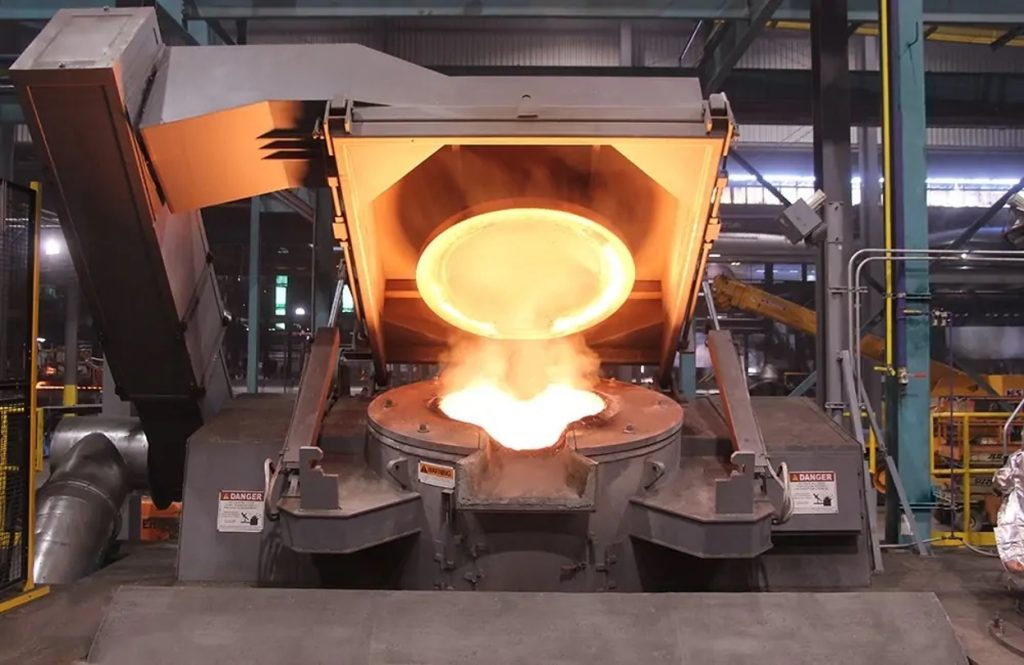
After casting, the steel billet is cooled and shaped to achieve its final shape and dimensions. The shaping process includes cutting, heat treatment, and other stages to meet the necessary technical specifications of the billet.
This production process of mid-frequency steel billet ensures the quality and consistency of the final product. Using high-quality raw materials and precise manufacturing processes guarantee the uniformity, strength, and machinability of the steel billet in industrial applications.
The quality of mid-frequency steel billets depends on several critical factors, including:
The choice and quality of the steel raw material significantly impact the quality of the steel billet.
The raw material must meet quality standards, have precise chemical composition, and be free from impurities that can affect the physical properties of the product.
This process must be carefully controlled to ensure the proper temperature and melting time.

The casting process of the steel billet must be carried out accurately and carefully to ensure the required dimensions, shape, and technical characteristics.
Additionally, the shaping process after casting is also crucial. It helps the steel billet achieve its final shape and removes any excess or flawed parts that may occur during casting.
The application of modern technology and production techniques plays a crucial role in achieving high quality and consistency of steel billets. The production process must be designed and optimized to ensure uniformity and meet technical requirements.
Mid-frequency steel billets are melted in a controlled environment, eliminating impurities and improving the metal’s purity.
The melting process in mid-frequency furnaces ensures homogeneous mixing of the chemical components, resulting in the high quality and consistency of the steel billet.
Mid-frequency steel billets have excellent machinability, making them easy to process through cutting, welding, forging, and other methods.
The equipment and technology required for mid-frequency furnaces and steel billet production entail high initial investments. Mid-frequency furnaces use induction currents for heating, leading to significant electricity consumption during the billet melting process.
The melting process in mid-frequency furnaces may be limited for some special alloy types that require different temperature and flow conditions.
Mid-frequency steel billets find wide applications in various industries due to their diverse properties.
With their uniformity and high purity, mid-frequency steel billets ensure the durability, load-bearing capacity, and mechanical properties of metal components in construction. Therefore, they are commonly used to produce steel components in construction, such as columns, beams, structural frames, and engineering details.
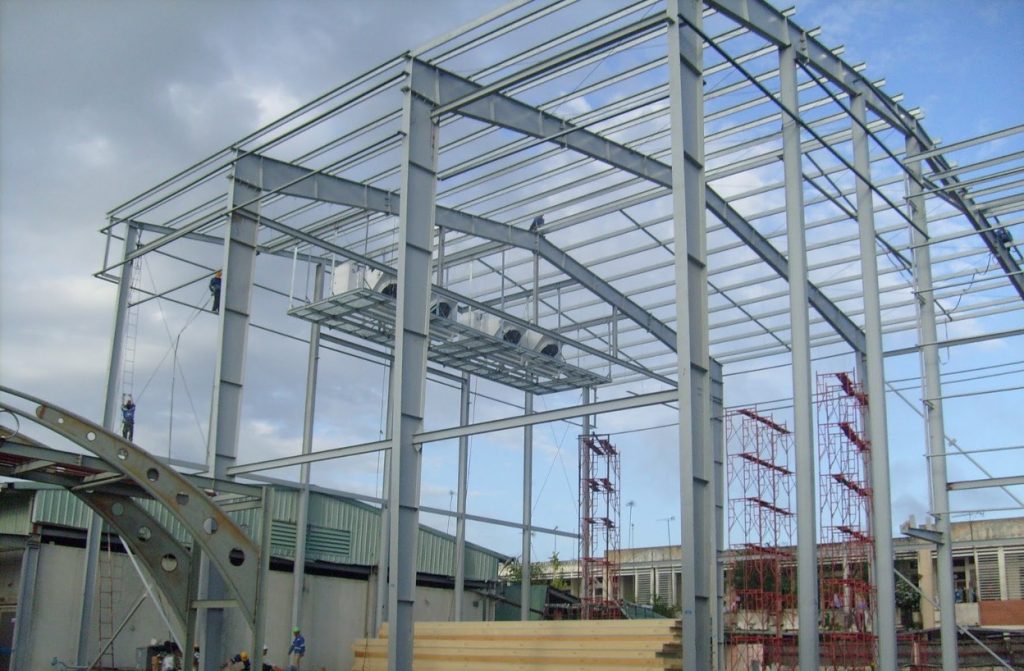
Mid-frequency steel billets are used to produce components and parts for machinery and industrial equipment. Their precision and easy machinability guarantee the stable operation and high performance of equipment and machinery.
Thanks to their uniformity and excellent mechanical properties, mid-frequency steel billets meet stringent requirements for strength, heat resistance, and performance of engine parts and transmission systems. Therefore, mid-frequency steel billets are used to produce components in the automotive and engine industries, including pistons, camshafts, engine blocks, and other parts.
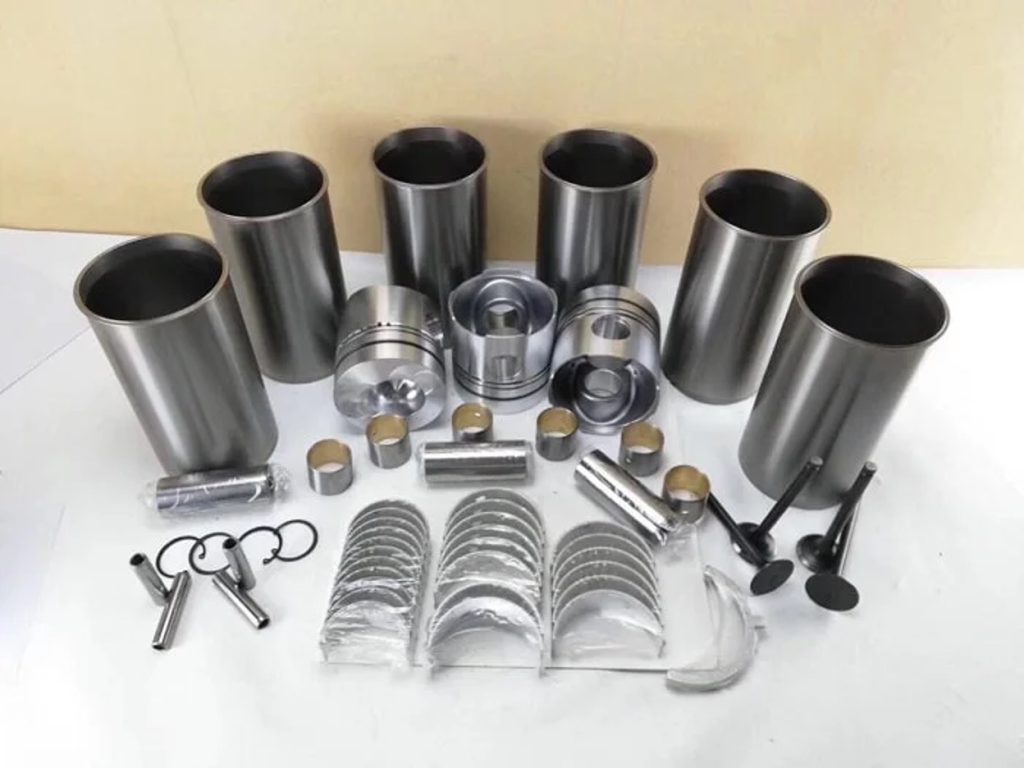
With their diverse applications and superior properties, mid-frequency steel billets play a crucial role in various industries. Ensuring the quality and consistency of mid-frequency steel billets enhances the performance and reliability of products across different industrial sectors.
If you are interested in or have a need for steel products, please contact us for consultation and selecting the most suitable products to meet your requirements.
Address
Website: https://stavianmetal.com
Email: info@stavianmetal.com
